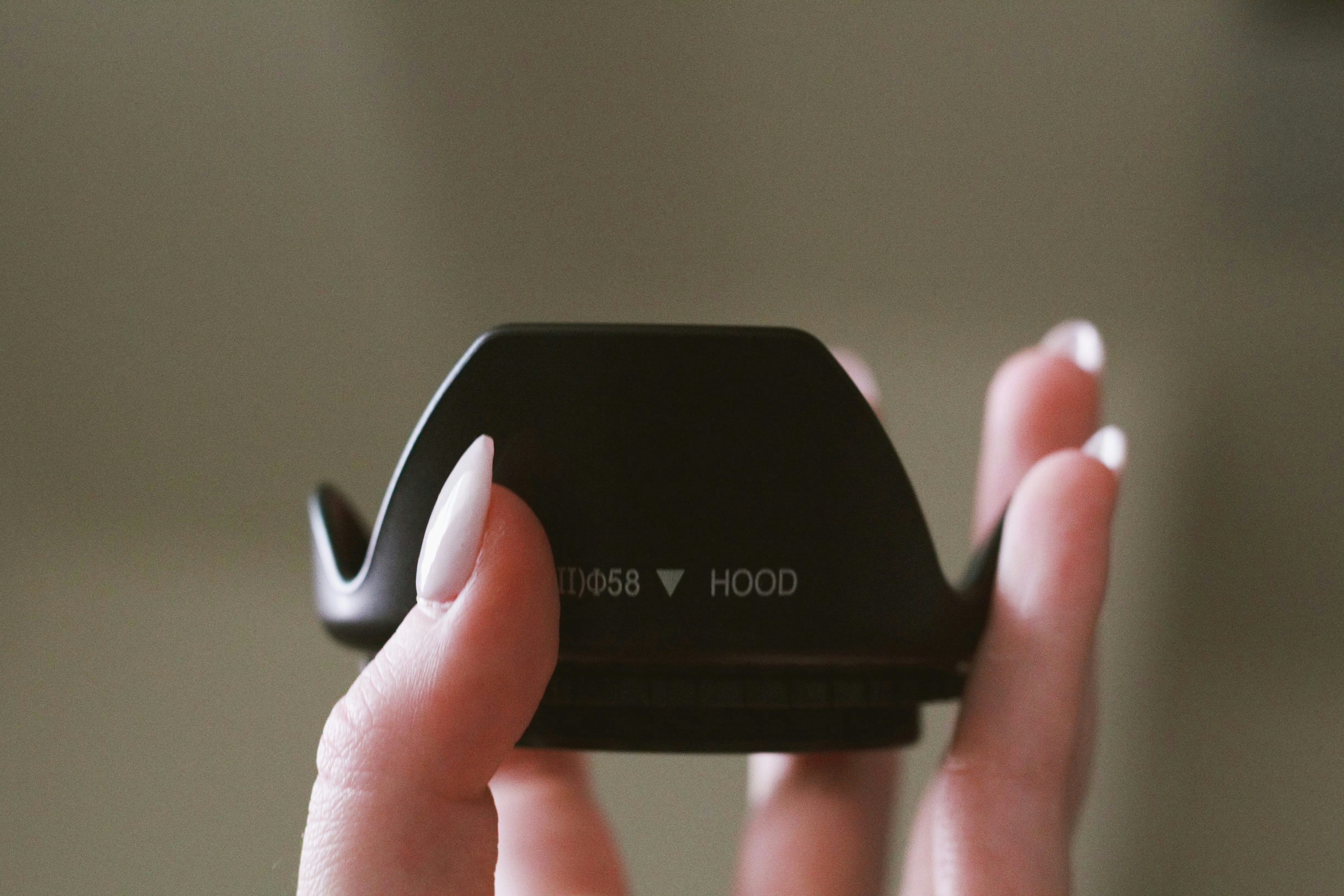The Future of Haptic Feedback: Elevate Your Virtual Interactions
In a world constantly evolving with technology, one innovation stands out as a game-changer in enhancing our interactions—haptic feedback devices. These sensory gadgets are redefining how we communicate, interact, and experience virtual environments, paving the way for enriched digital communication. Picture this: you're engrossed in a virtual reality game, and not only can you see the action unfold, but you can also feel every rumble, touch, and impact as if you were truly inside the game. Welcome to the exciting future of sensory technology, where touch and interaction blend seamlessly to elevate our digital experience. In this article, we’ll dive deep into the realm of haptic feedback devices, exploring their potential, applications, and impact on various fields, including gaming, education, therapy, and beyond. Join us on this journey as we unveil what the future holds for sensory technology and how it can transform not just virtual interactions, but also our daily lives.
Understanding Haptic Feedback Technology
Haptic feedback is a technology that uses tactile response to simulate the feeling of touch in virtual environments. This includes vibrations, textures, or movement that users can physically feel, allowing them to engage with digital content in a more immersive way. It serves as the bridge between the digital and physical world, where users can "touch" their experiences.
The Mechanics Behind Haptic Technology
To grasp the full potential of haptic feedback, it's essential to understand how the technology operates. Haptic devices use actuators, which are mechanical components that produce movement or vibrations, to create a response for the user. These responses can vary—from light vibrations that mimic the sensation of a gentle caress to more robust feedback that feels like being hit by an object in a game. Some devices, such as gloves or suits equipped with haptic sensors, provide users with a more nuanced tactile experience. For further insights into how these devices are constructed, review this informative piece on technology in business.
Applications Across Industries
Haptic feedback technology is not limited to gaming; it has expanded its reach into multiple sectors. Here are some notable applications:
-
Gaming: In the gaming community, haptic technology has revolutionized how players experience content. With systems like the PlayStation 5 DualSense controller, users feel the tension of a bowstring or the rumble of a speeding car. This immersion leads to heightened engagement and emotional response, enhancing the overall gaming experience.
-
Education and Training: In educational settings, haptic feedback assists in creating realistic simulations. For instance, medical students can practice surgical techniques with haptic-enabled devices that simulate the feel of cutting human tissue. This hands-on experience can significantly improve skill acquisition and retention.
-
Therapeutic Uses: Haptic devices have found their way into therapeutic applications as well. Virtual reality environments that integrate haptic feedback can help patients with PTSD or autism by providing controlled, immersive experiences that reduce anxiety and help with emotional regulation.
Exploring the Benefits of Haptic Feedback
Beyond mere immersion, haptic feedback technology offers numerous advantages, such as:
-
Enhanced Learning Experiences: Studies indicate that physical engagement can improve memory retention. Haptic feedback in educational tools not only captures attention but also enhances understanding and mastery of complex concepts.
-
Increased Accessibility: Haptic devices can bridge communication gaps, especially for individuals with visual impairments. By providing tactile feedback, such tools allow them to interact with digital content, making technology more inclusive.
-
Emotional Connectivity: Haptic feedback helps forge a deeper emotional connection in virtual interactions. Whether it’s catching the emotional weight of a conversation through a gentle squeeze of a smart wearable or feeling the vibrations of a loved one through a virtual medium, it adds a layer of warmth and intimacy often missed in digital interactions.
The Future of Haptic Feedback Devices
As we look to the future, the potential of haptic technology is boundless. Innovations are underway that promise even more immersive experiences.
1. Wearable Haptic Devices
The development of advanced wearable technologies, such as smart suits or gloves with integrated haptic feedback systems, will further enhance interaction in virtual reality. Imagine virtually attending a concert where you can feel the bass reverberate not just through your headphones but across your entire body!
2. Haptic Feedback in AR
As augmented reality (AR) continues to grow, the integration of haptic feedback within AR experiences will amplify the realism of applications. For instance, architects could visualize their designs while shaking a colleague's hand in a virtual meeting, feeling the textures of materials they're working with.
Examples of Innovative Haptic Gadgets
Several gadgets have successfully integrated haptic feedback technology into their design and functionality:
-
Virtuix Omni: A platform allowing users to run in 360 degrees within a virtual environment, accompanied by varying haptic sensations to simulate movement.
-
Ultrahaptics: This unique gadget uses ultrasound to create sensations in mid-air, allowing users to "feel" virtual objects without the need for handheld devices.
-
Haptic Suits: Suits like the Teslasuit allow for a fully immersive experience, providing feedback across the entire body.
Real-World Impact: Transforming Lives
The true essence of haptic feedback is its ability to change lives for the better. In rehabilitation settings, therapy integrated with haptic technology has seen significant success, especially for stroke survivors. They can practice physical therapy movements while receiving haptic feedback, allowing for more effective recovery.
Thoughts on Data Security and Privacy
With the rise of haptic feedback technology comes the responsibility of ensuring data security and user privacy. Developers and engineers must be vigilant when collecting user data, ensuring sensitive information remains protected. Transparent privacy policies and robust encryption protocols can help safeguard user data, fostering trust in this emerging technology.
What Users Should Expect in 2025
As we forecast the trajectory of haptic technology, the integration of AI and machine learning will further personalize experiences. For example, AI can analyze users' reactions and tailor feedback accordingly. Therefore, you can expect a level of customization that resonates with individual preferences and emotional states.
As groundbreaking ideas from companies like the world of transformative tech emerge, they pave the way for an interconnected future where haptic feedback devices will become essential in our everyday lives.
Final Thoughts
The potential of haptic feedback devices extends far beyond gaming; it transcends the realms of education, therapy, and emotional connectivity. As we embrace this technology, we must remain attuned to its growth while promoting responsible use to safeguard our experiences. The journey into the future of sensory tech is just beginning. Keep your curiosity alive, and explore how haptic feedback could enhance various aspects of your life, from gaming to learning and beyond.
In conclusion, as you figure out how to integrate these sensory devices into your own life, do consider their vast applications and benefits. Explore the wide array of haptic gadgets that can transform your interactions and redefine your experience in the digital landscape. After all, the future of technology isn't just about what we see; it's about what we can feel.








